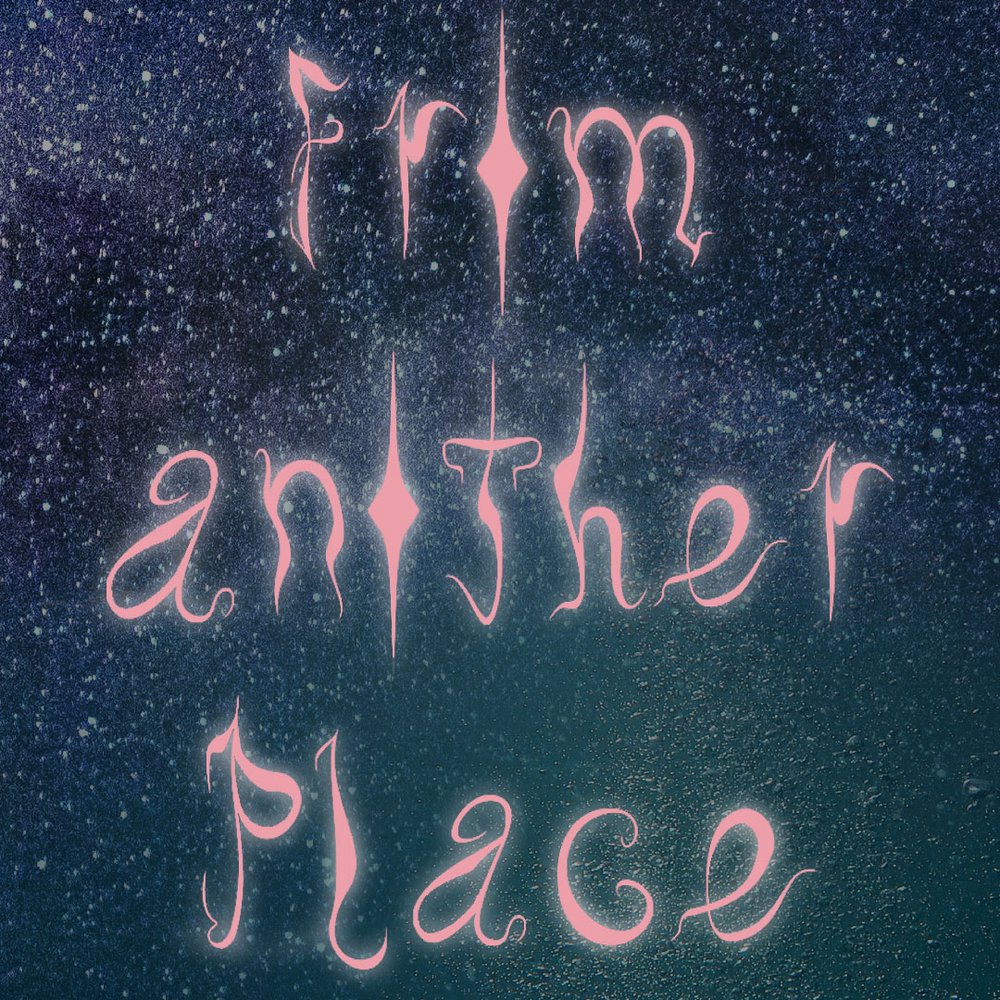
 Eternal Dive, Winona Julian, 2022
Eternal Dive, Winona Julian, 2022The world keeps spinning, trends come and go, societies change their ideals,
but dive bars are forever. These dark, dingy, humble, local haunts have
throughout history become alternative spaces for alternative people. They
seem to transcend time and expectations, which for queers and other alternative factions can be seen as a safe haven. Catered to the working class
and marginalized identities, dive bars have become a link to the past, present,
and future through their consistent qualities and sentiments. The desire for people to travel backwards in time becomes a coping mechanism to deal with
the realities of the present, and uncertainties of the future. Through aesthetics
and culture these spaces become time machines, transporting anyone to another time and place, escaping their current reality. It is in this way that dive
bars and local haunts become a way to resist what is currently going on in the
world. The communities and support structures that thrive in these spaces take on a much more important role as a defence against oppressive institutionalized structures. It might be controversial to say that grabbing a beer at your local dive is a movement of resistance, but it just might be. - Winona Julian (2022)
Curator & Artist Biographies
Alexa Bunnell is an emerging artist, writer and fermenter based in Mohkinstsís (Calgary, AB) on Treaty 7 Territory. Their artistic and research based work takes into account queer considerations of radical botany and restorative futures. Their artistic work has recently been presented at the Marion Nicoll Gallery, White Rabbit Festival, Untitled Arts Society and The New Gallery. Their writing has appeared in LUMA Quarterly, CMagazine and Canadian Art. Alexa has received numerous scholarships and grants including from Canada Council of the Arts. In 2020, they were awarded runner up for the Canadian Art Writing Prize.
Winona Julian (she/her) is a femme media/video artist residing in Mohkinstsís (Calgary). She completed her BFA at Alberta University of the Arts (2020) with a Major in Media Arts and a minor in Animation. Her work explores the routines of normalcy within new media and modernity which, once examined in detail, tend to be strange and alienating. Within this context, she delves into ideas surrounding mental health and contemporary coping mechanisms where an understanding of new media is innate. She focuses on the pressures of the unpredictable future and the haunting consequences of the past through the repurposing of cultural themes and ideology. Her use of humour parallels those disseminated online through social media and streaming services in order to tap into the collective subconscious of a digital generation. The result is an image-based critical self-awareness, that confronts, interrogates, and explores with the audience these expressive, and enigmatic new cultural artifacts. The result of this research manifests as a mixture of performance and video work that is unsettling, bizarre and self-aware.
Jasmine Piper ᐃᐢᑵᐤ ᑯᓯᐦᐊᐟ ᒥᐢᑎᑿᓯᑿ [drum woman] lives and works in mohkinstsis Treaty 7 territory, with family roots in Cold Lake First Nations and Northern Alberta. She is an emerging artist recently graduated from the Alberta University of the Arts, and has exhibited throughout so-called Alberta. Her art practice centers her Nehiyaw and Metis experiences of reconnecting with culture and spirit through a sense of humour. She currently works in arts programming focused on fellow emerging artists and participating in projects that center people of marginalized identities.
Azby Whitecalf is a Two-Spirit Plains Cree artist from Saskatoon, Saskatchewan. Azby’s practices revolve around Indigenous queer experiences and the connection between Indigenous femininity and queer gender identity. Working in multiple mediums from acrylic painting and soft pastels to yarn tufting, Whitecalf creates dreamy pieces painted with tantalizing blues, perfect purples, and perky pinks. Whitecalf’s work explores themes of Indigenous queerhood, sexual liberation, and the celebration of fat-femmes bodies. Whitecalf’s collection of work spans from paintings, and drawings to the recently published children’s book Buffalo Wild. Their work has been exhibited in galleries and exhibitions in Alberta and Saskatchewan. With their love to be invested in the community, Whitecalf has also led numerous acrylic paintings workshops and has taken part in cultural events to teach art and creativity to Indigenous and non-Indigenous youth.
Excerpt From: https://www.truck.ca/current-programs/2022/6/22/from-another-place-postering-project-amp-picnic
